Walking is one of those things that we usually take for granted until such time when you have an accident or incident that forces you to re-learn how to walk. Going through physical therapy and rehabilitation may take some time and can be a pain but fortunately, through technology and innovation, there are now tools that you can use to help you in your journey.
Designer: Yoshihiro Yamada
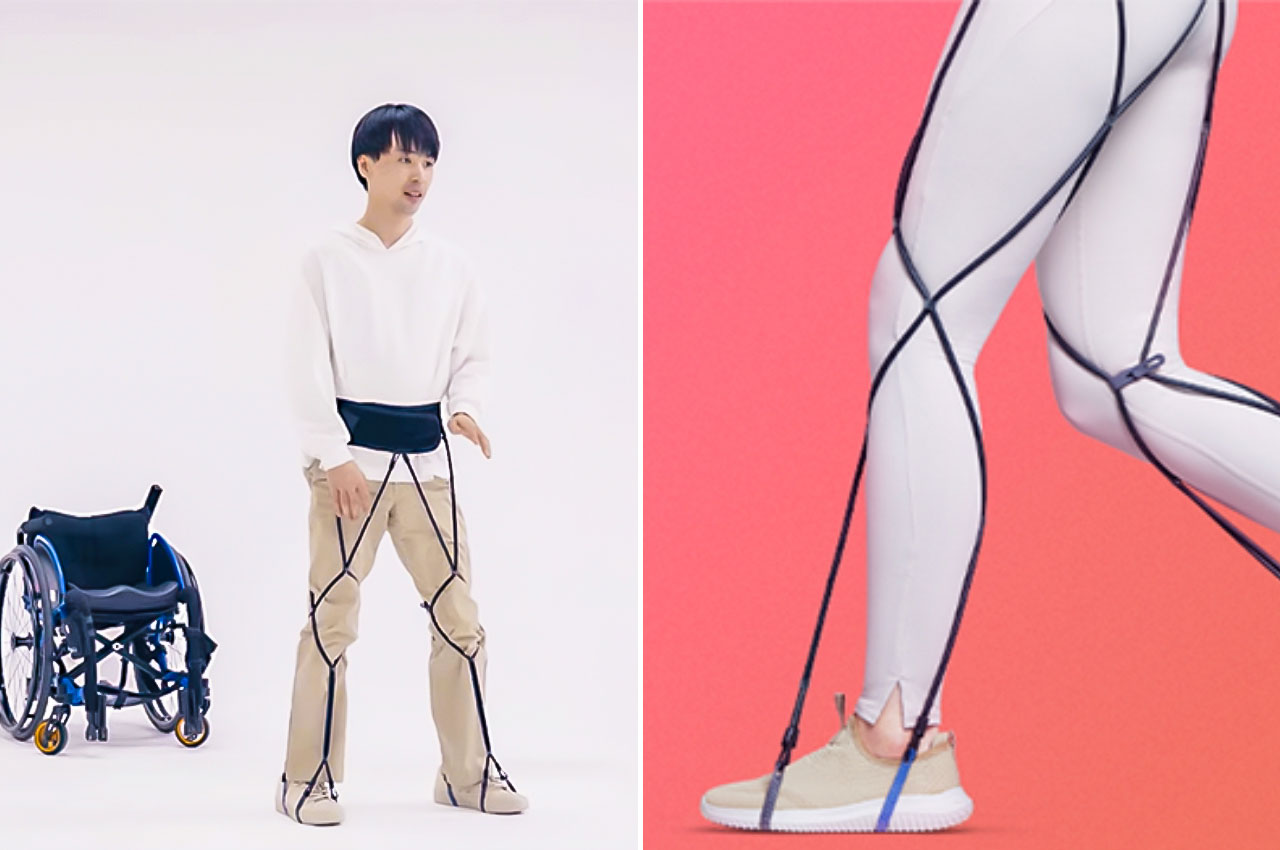

Futto is wearable rubber gear that may look a bit weird for the uninitiated since you seem like you’r wearing some sort of leather contraption. But it’s actually wearable rubber gear that can help your muscles relearn to walk after an injury or even for the elderly. It “replaces” the muscles that you use for walking and strengthens the weak points that may need some support, as guided by a specialist like a phsyiotherapist. It is not a replacement for rehab exercises but it will be able to help strengthen your walking muscles.
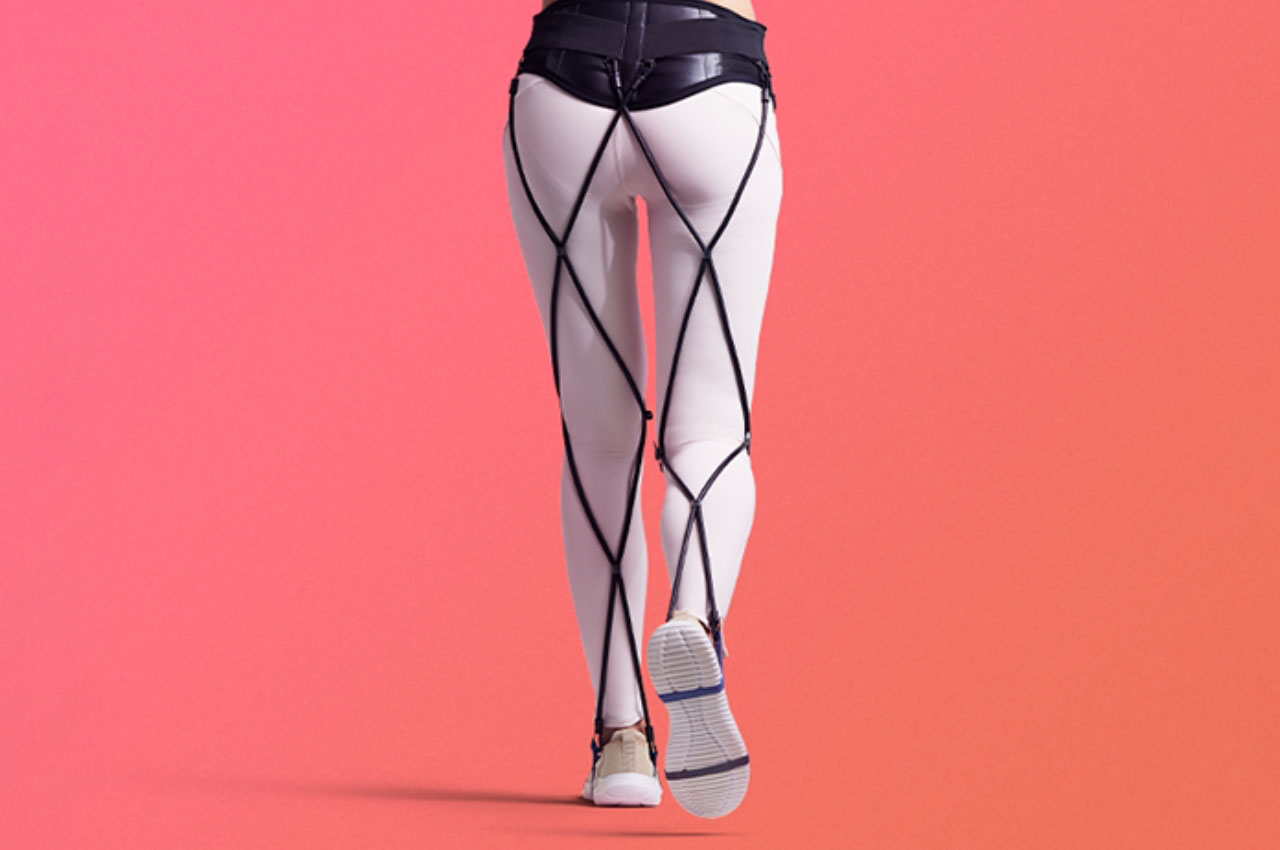
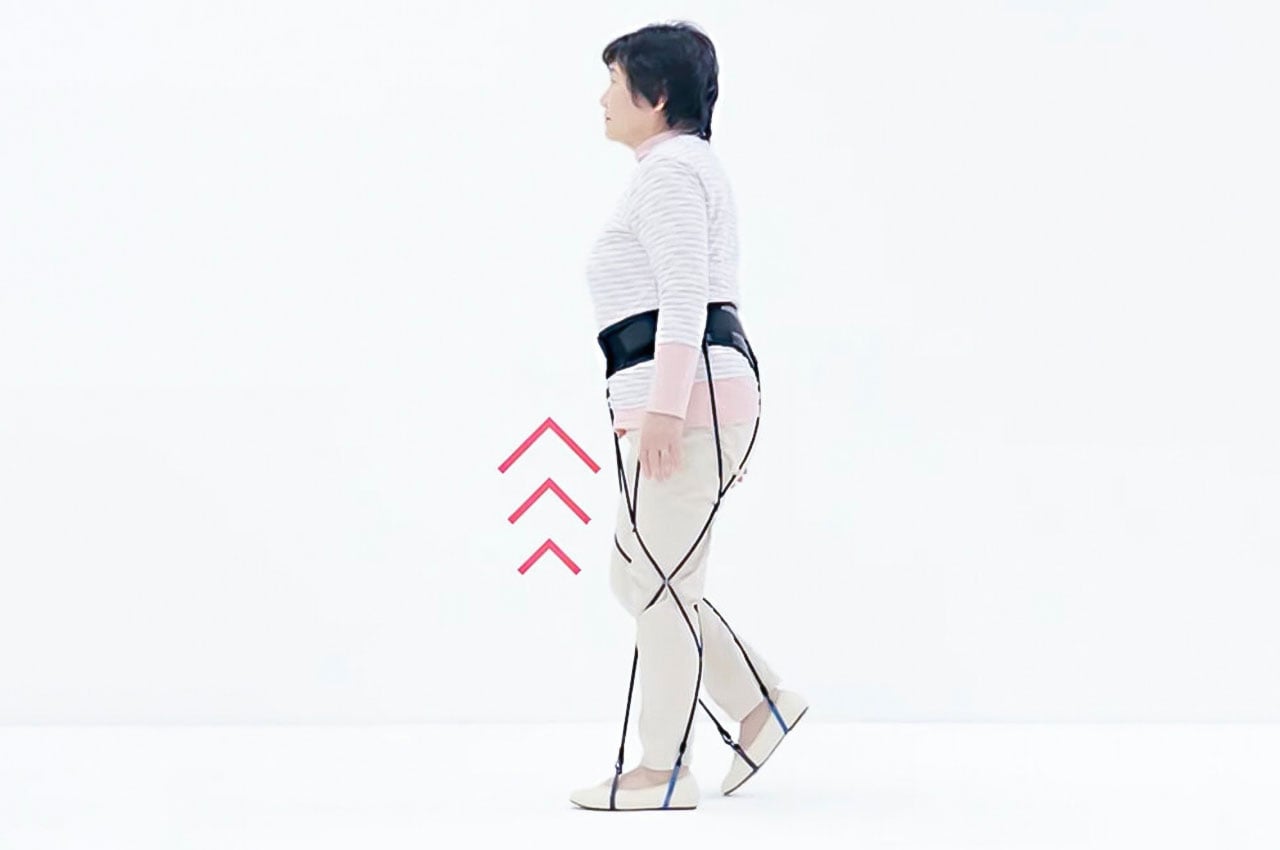
The gear is made up of an abdominal belt and then four rubber straps (two straps on each leg) that can be worn on each leg. The front one is hooked under your toes while the back one is for the sole of your feet. Once you wear it on your waist, legs, and feet and you start walking, the bands will contract on all sides to support you. The device is able to “straighten” your posture due to the abdominal pressure from the corset while the rubber is able to stabilize the lower limbs and stretch the spine.


Futto weighs just 280 grams so it will not be so heavy as you wear it. It is supposed to be worn outside of your leggings or pants (although the latter seems to be more comfortable) so it can seem weird if taken out of context. But if it’s something you need to help you recover from an injury or incident, you wouldn’t mind that at all.



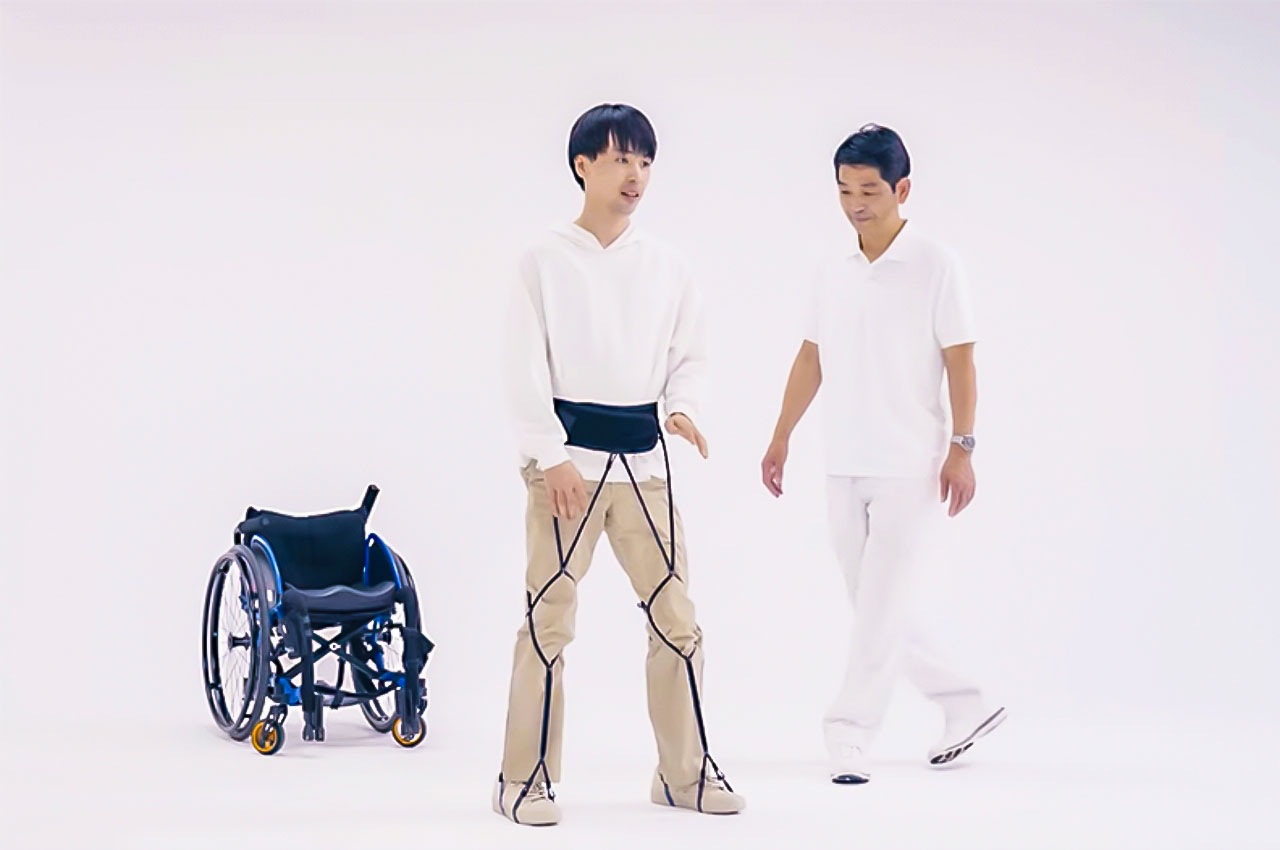
The post This stretchy Japanese rubber gear helps people relearn to walk after incident first appeared on Yanko Design.
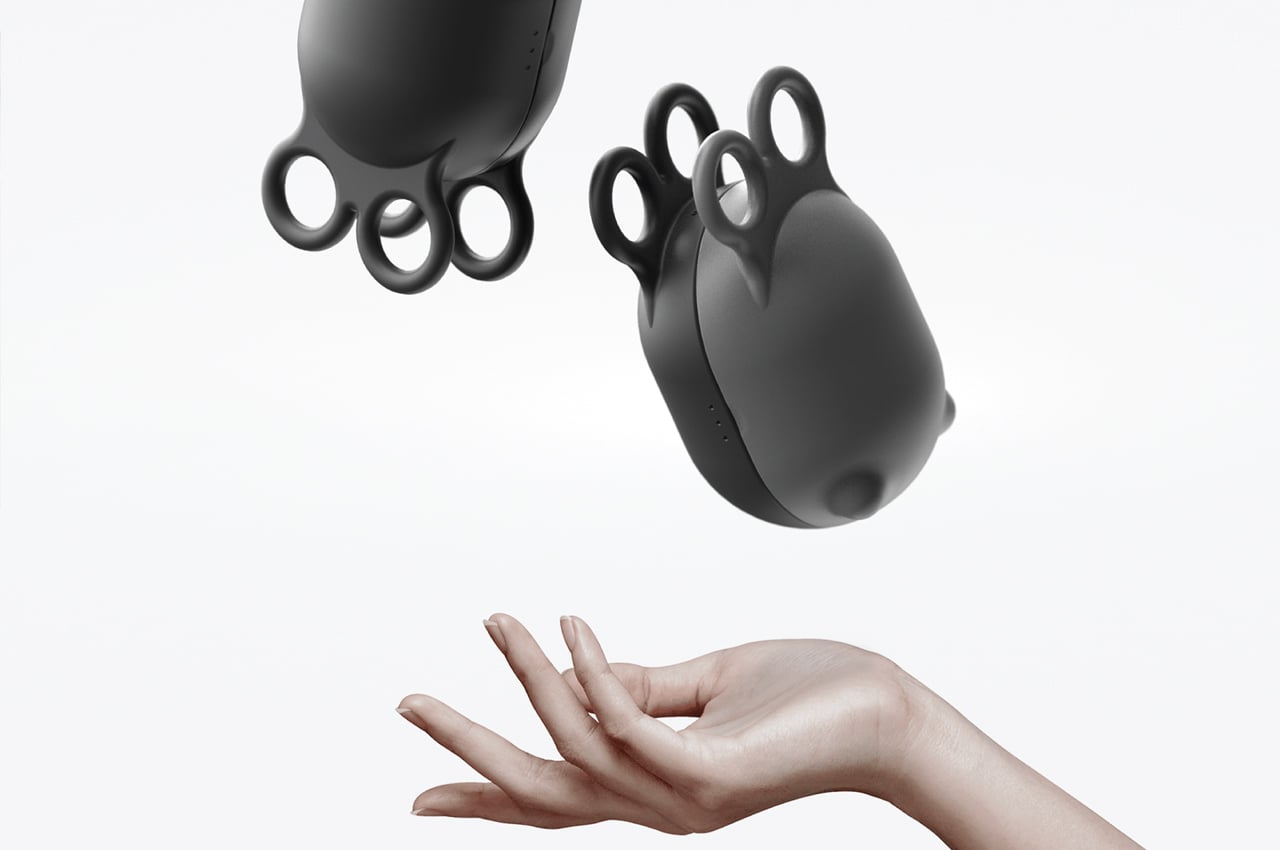
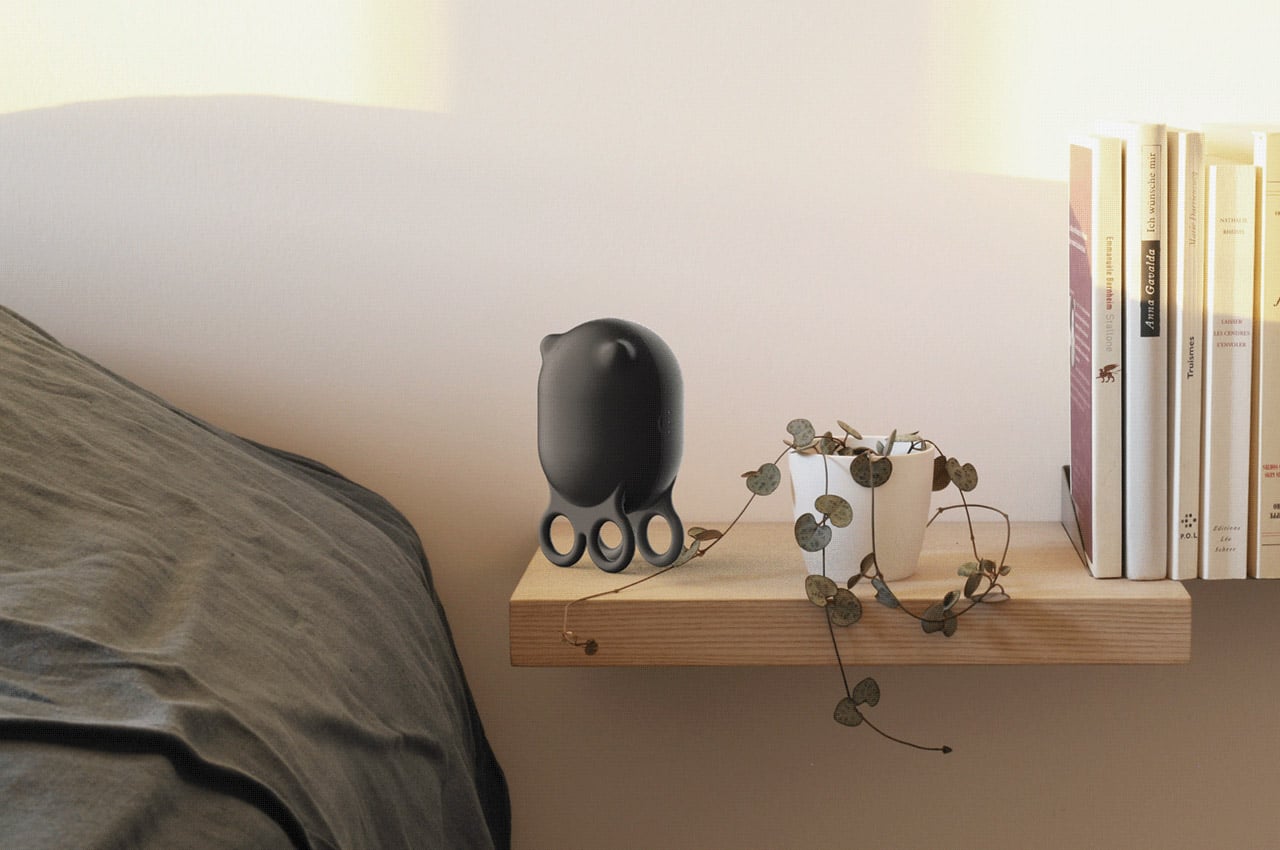

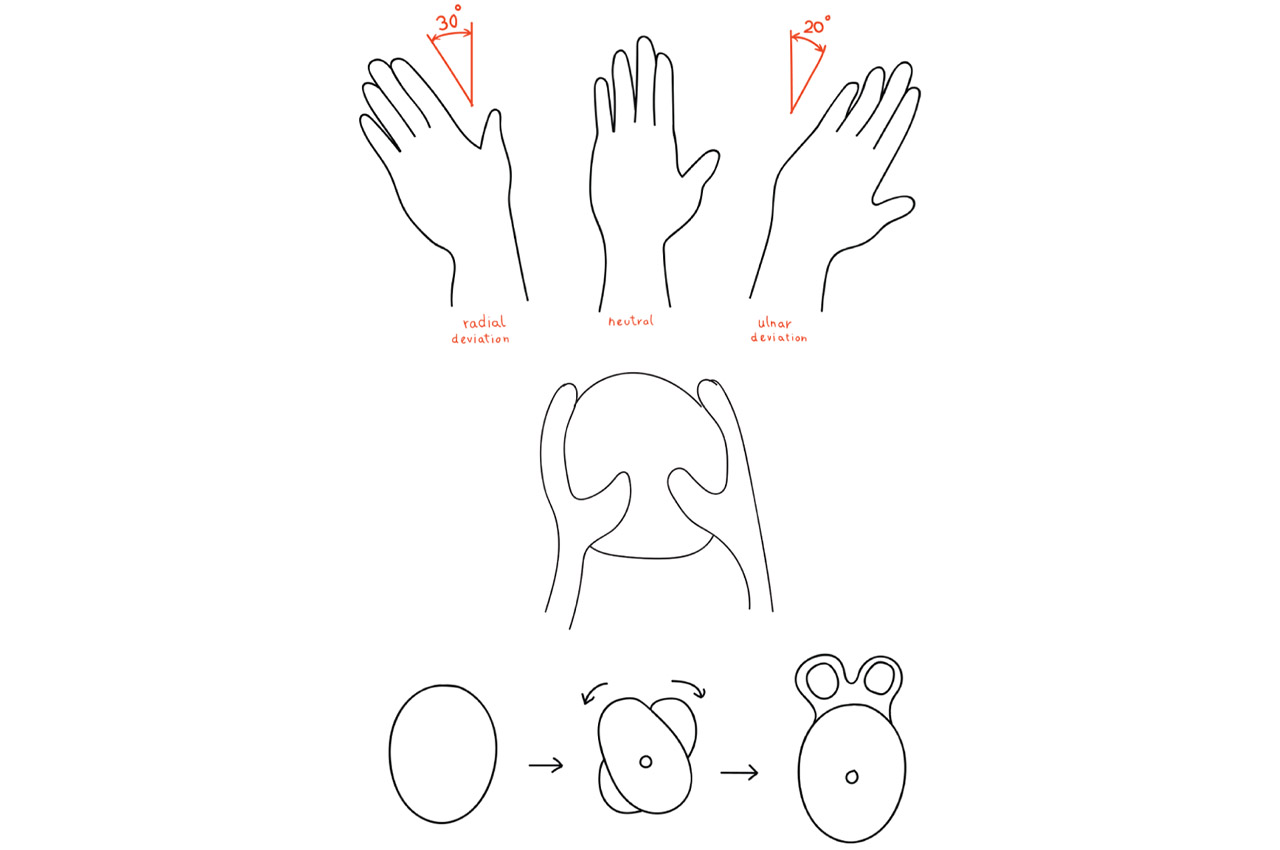
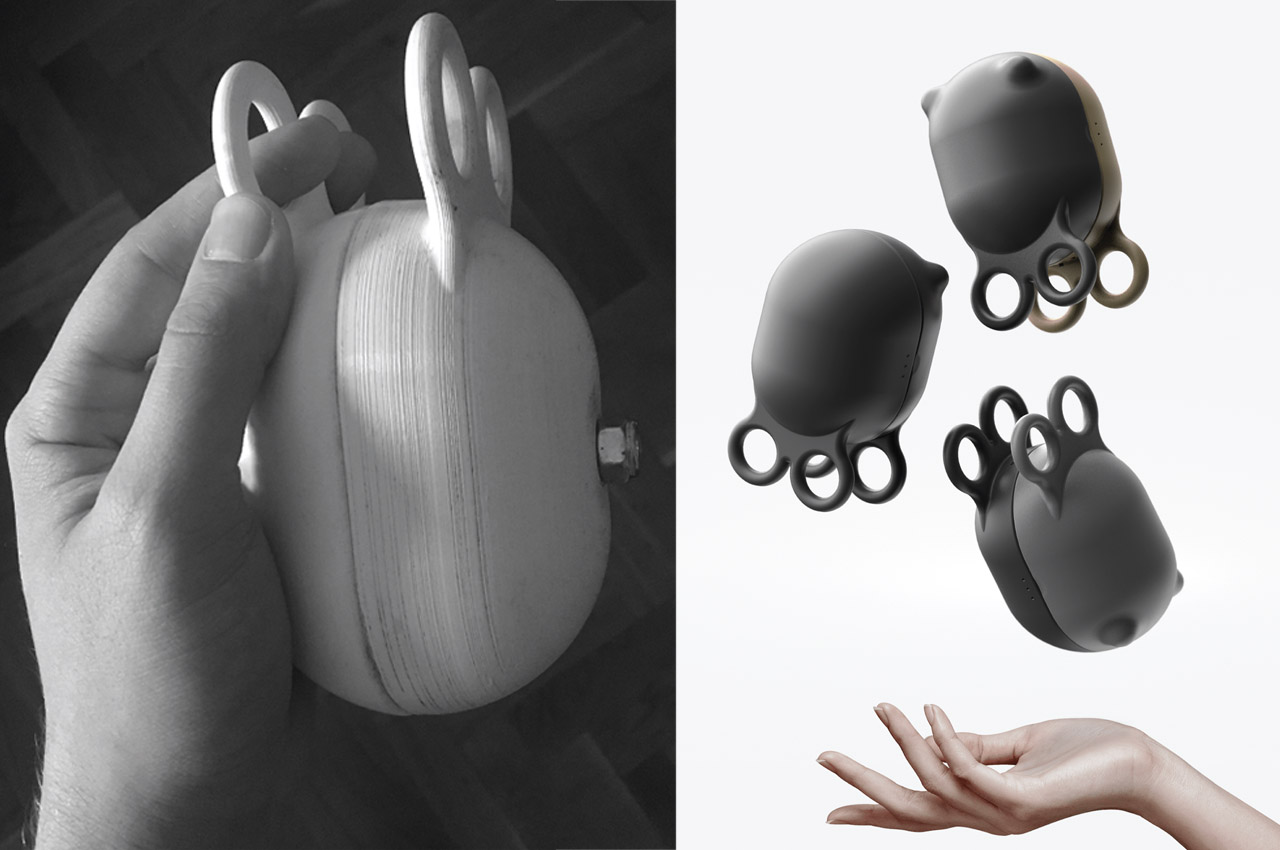
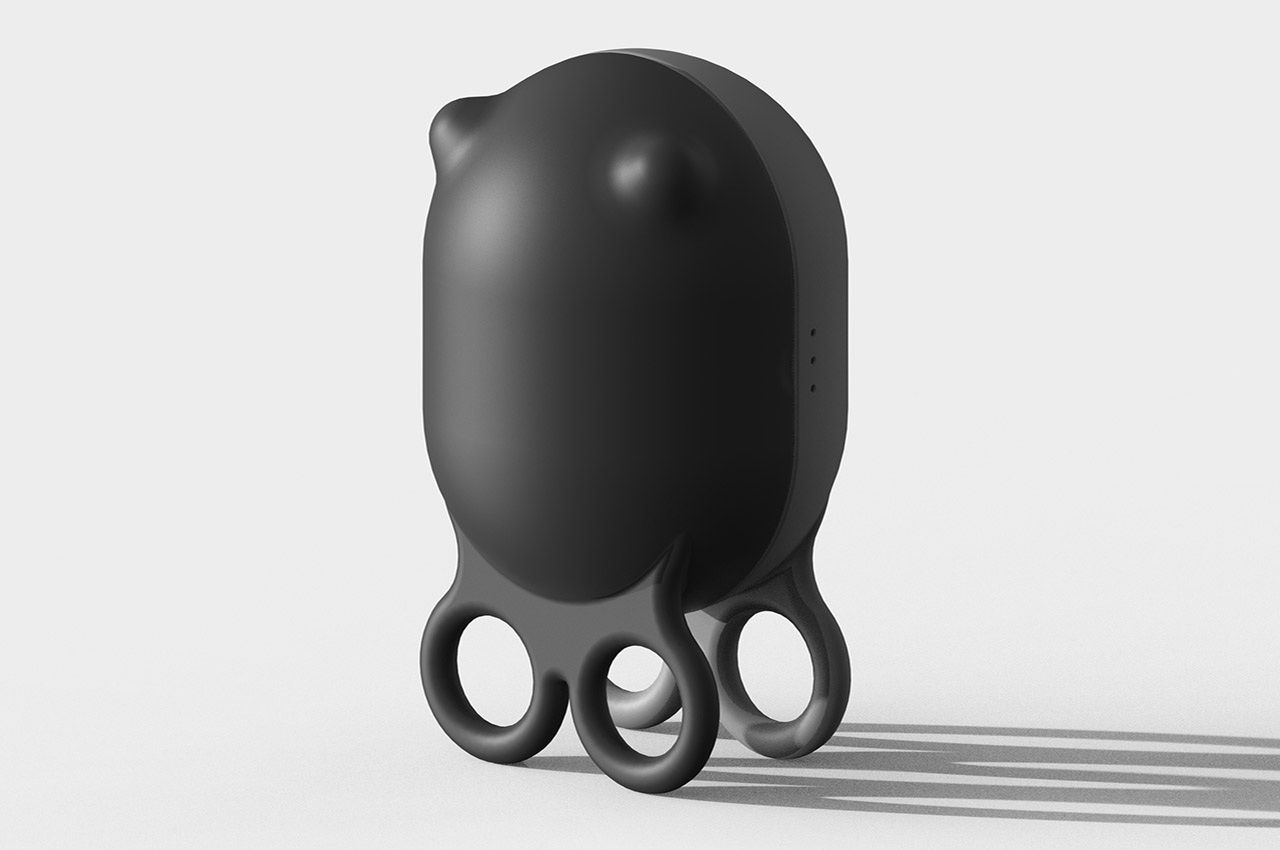
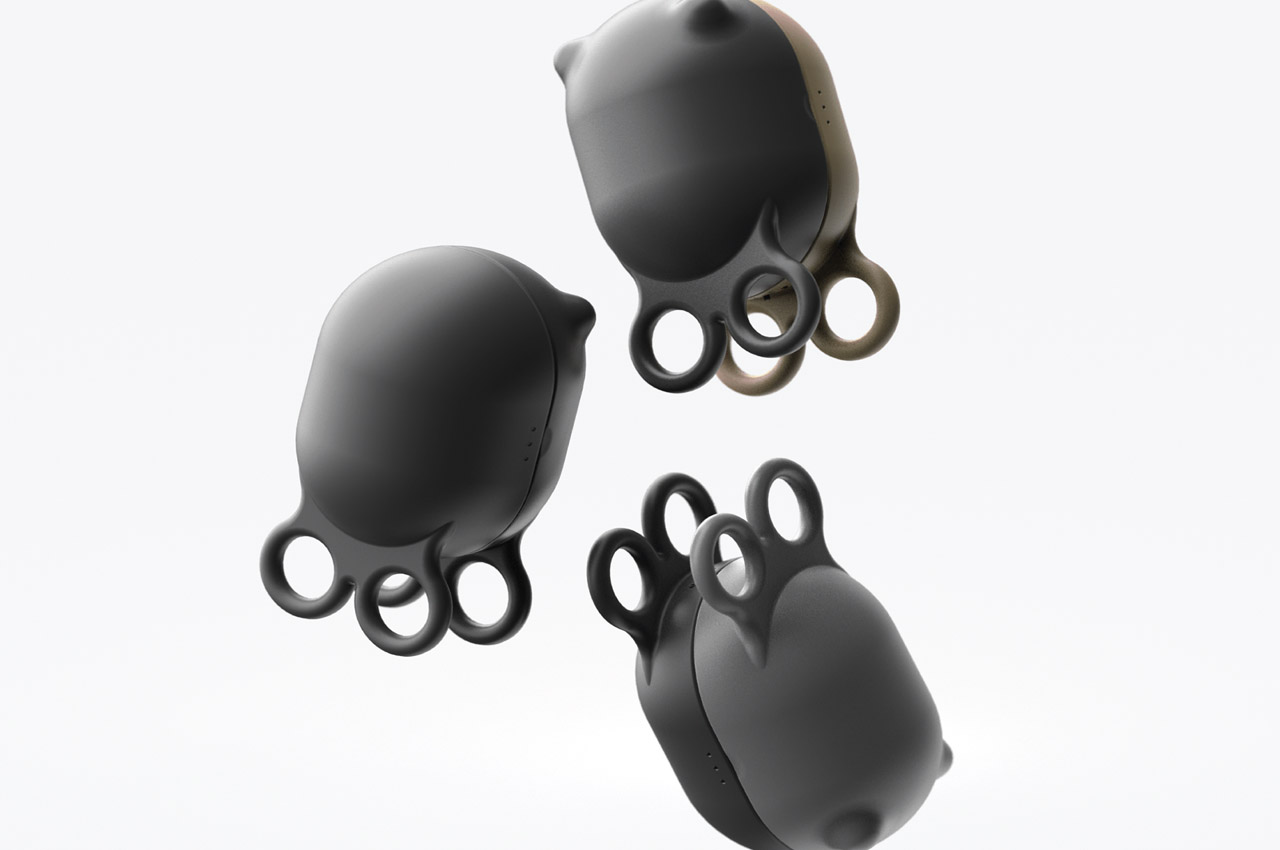
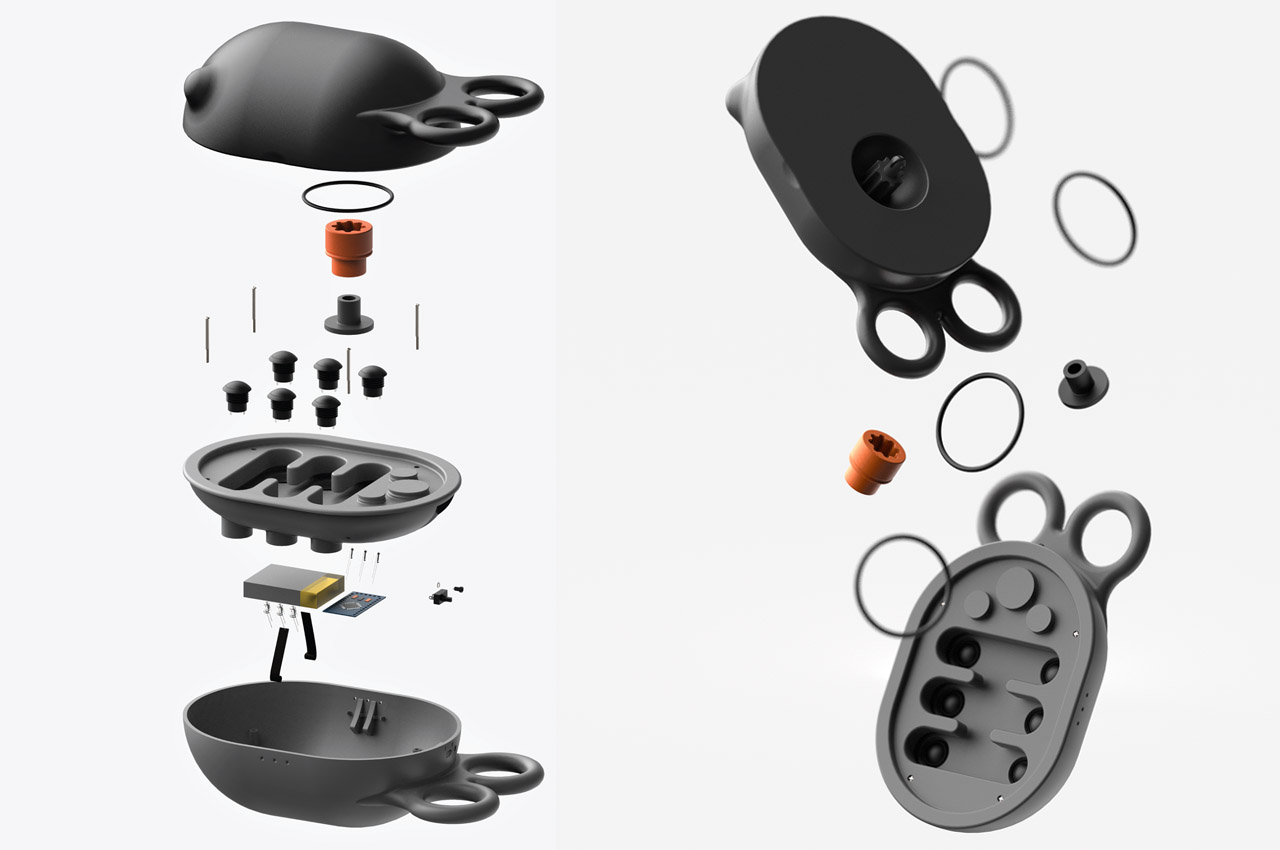
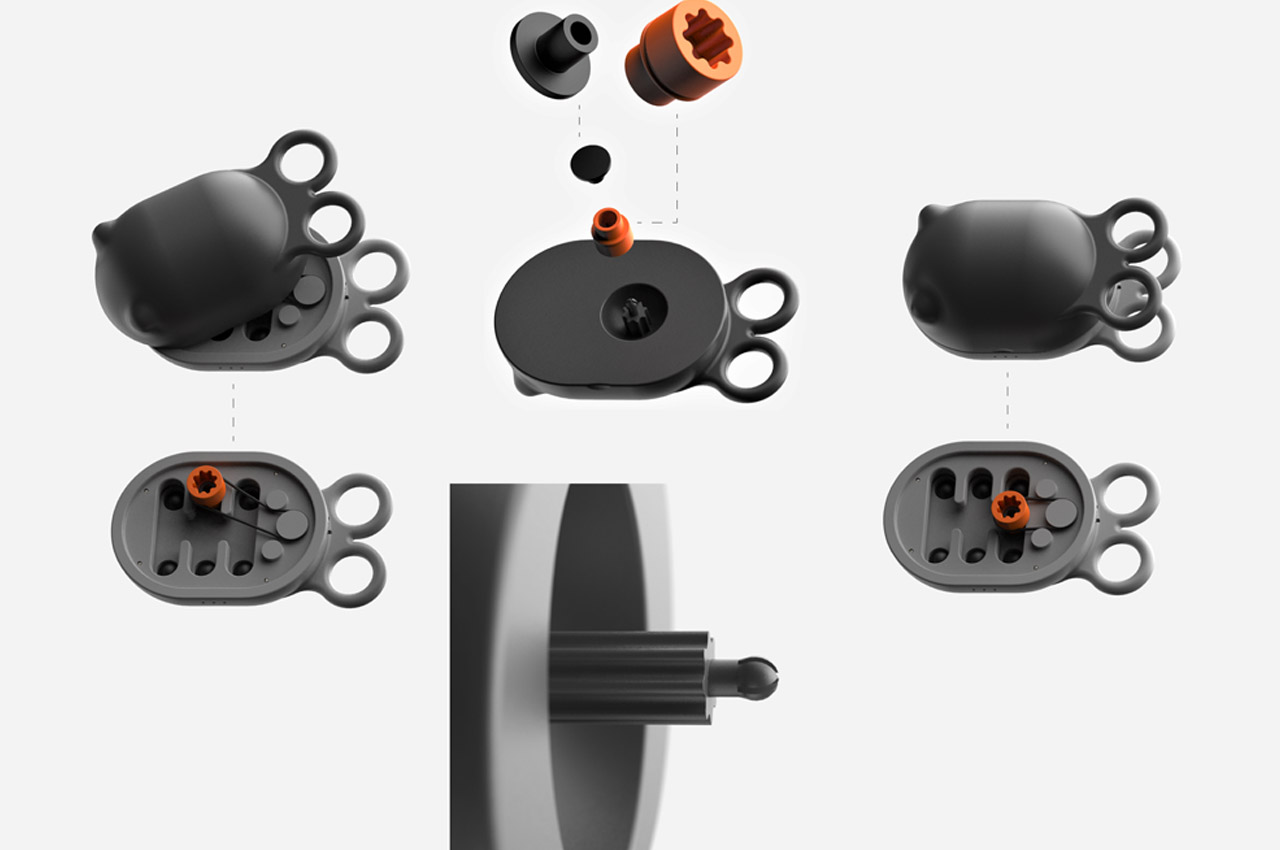
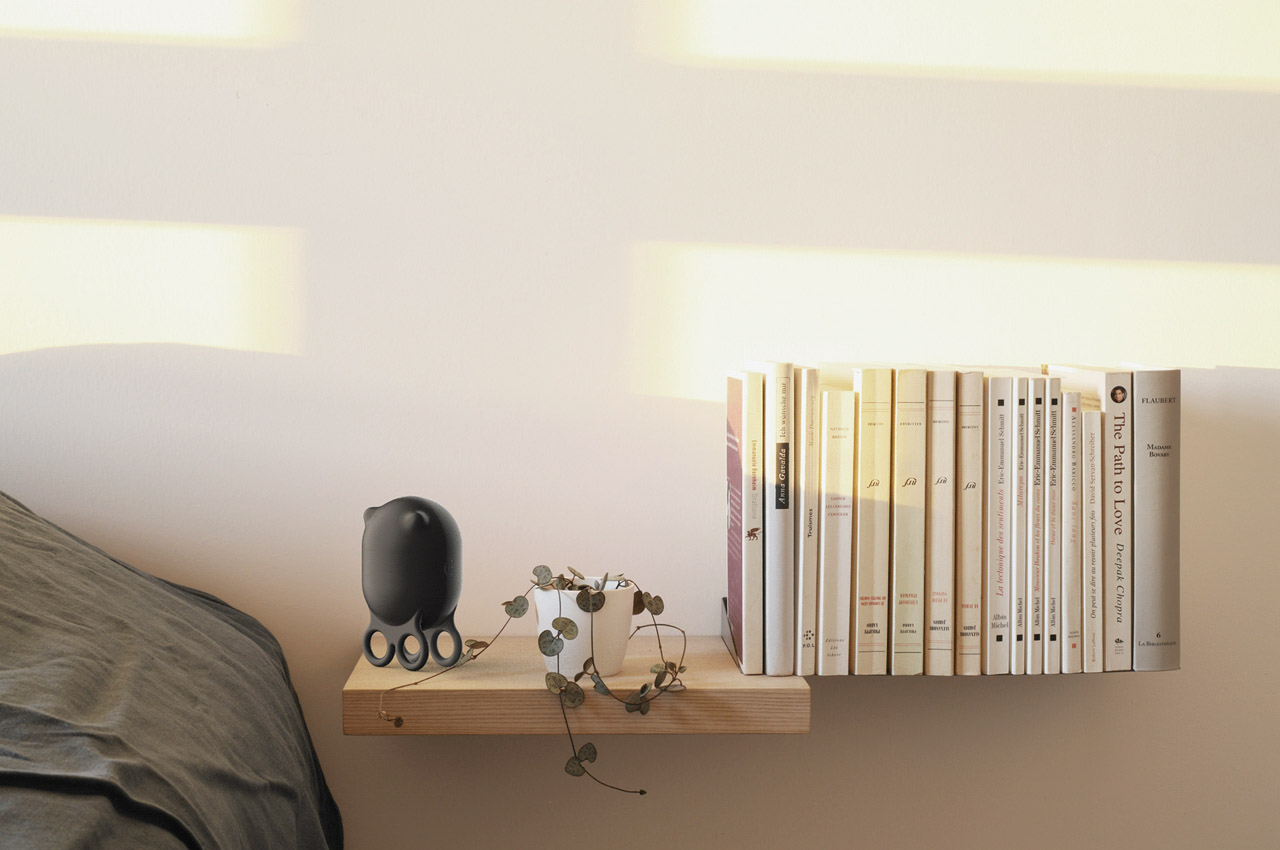
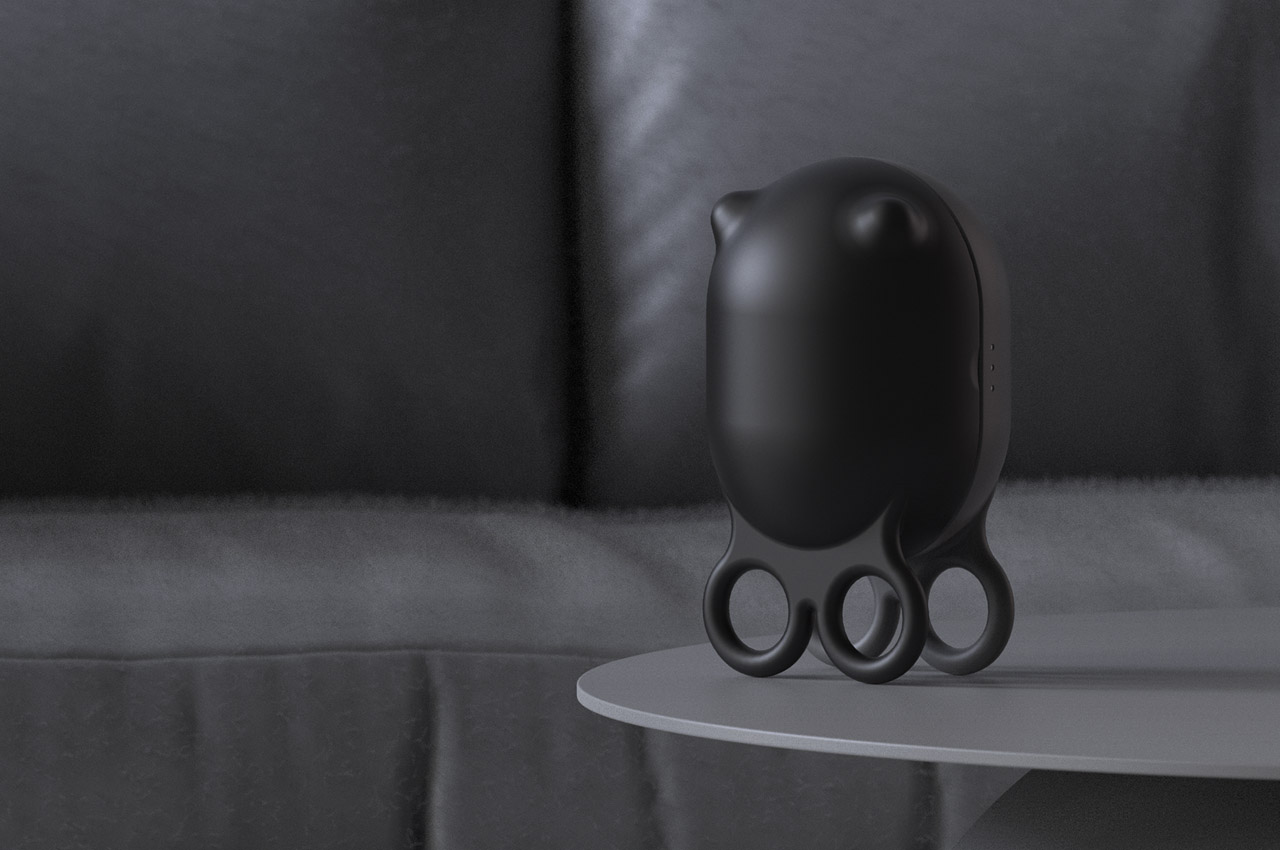
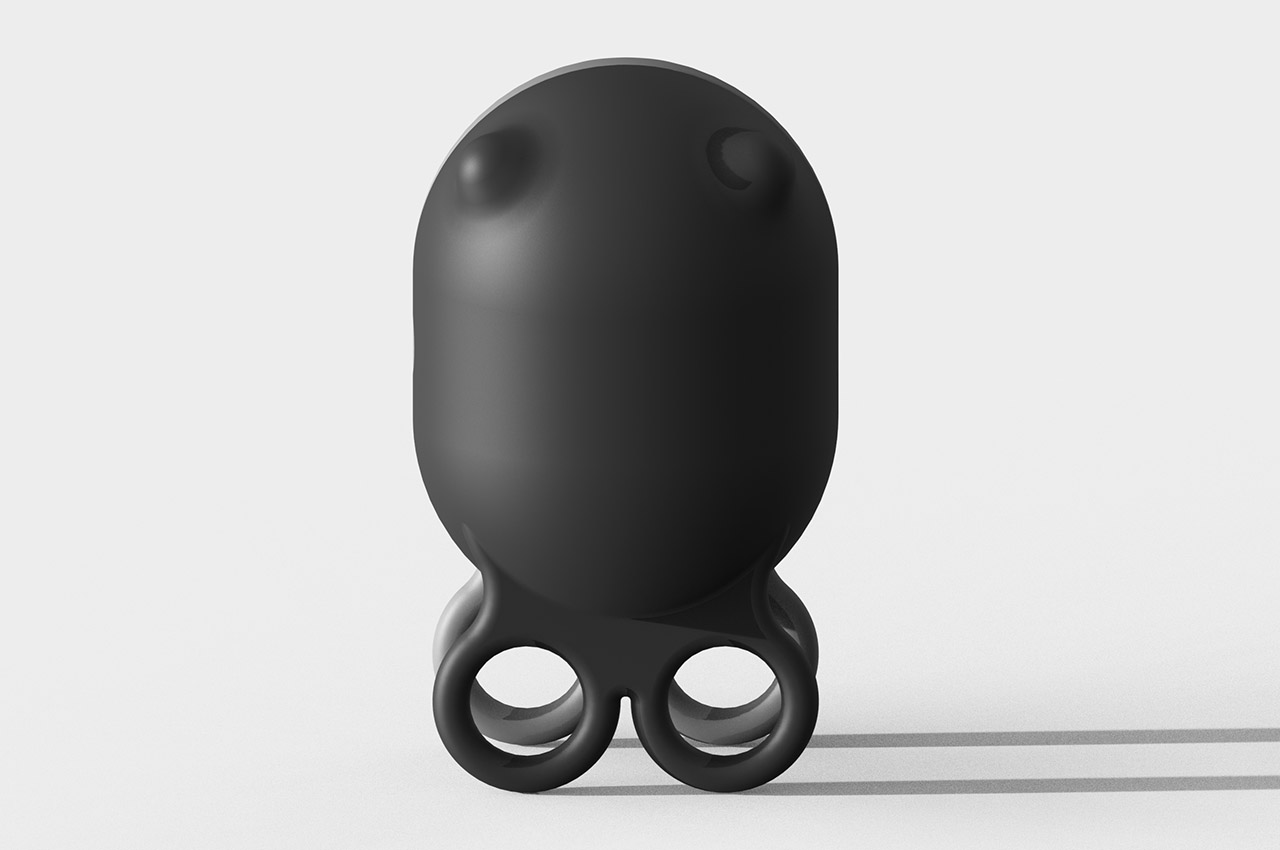
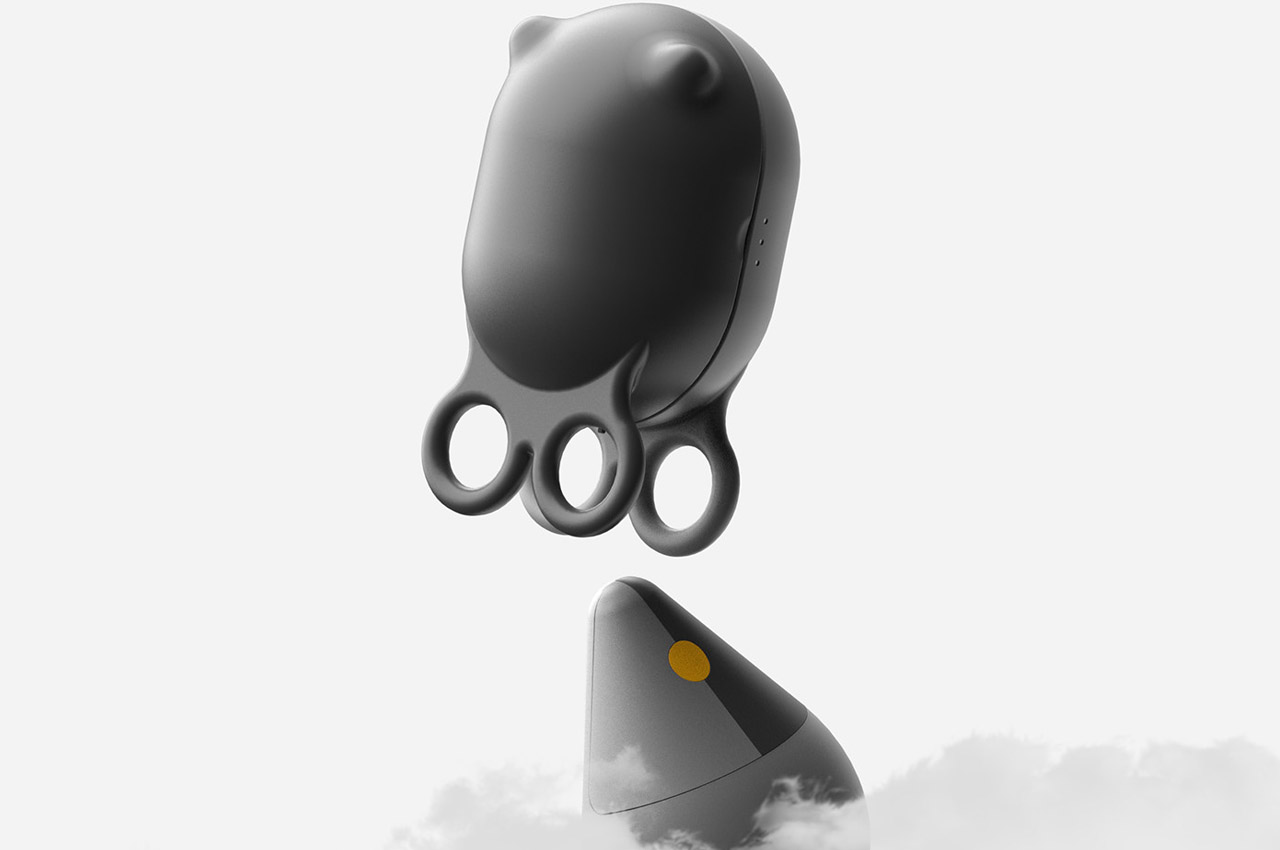
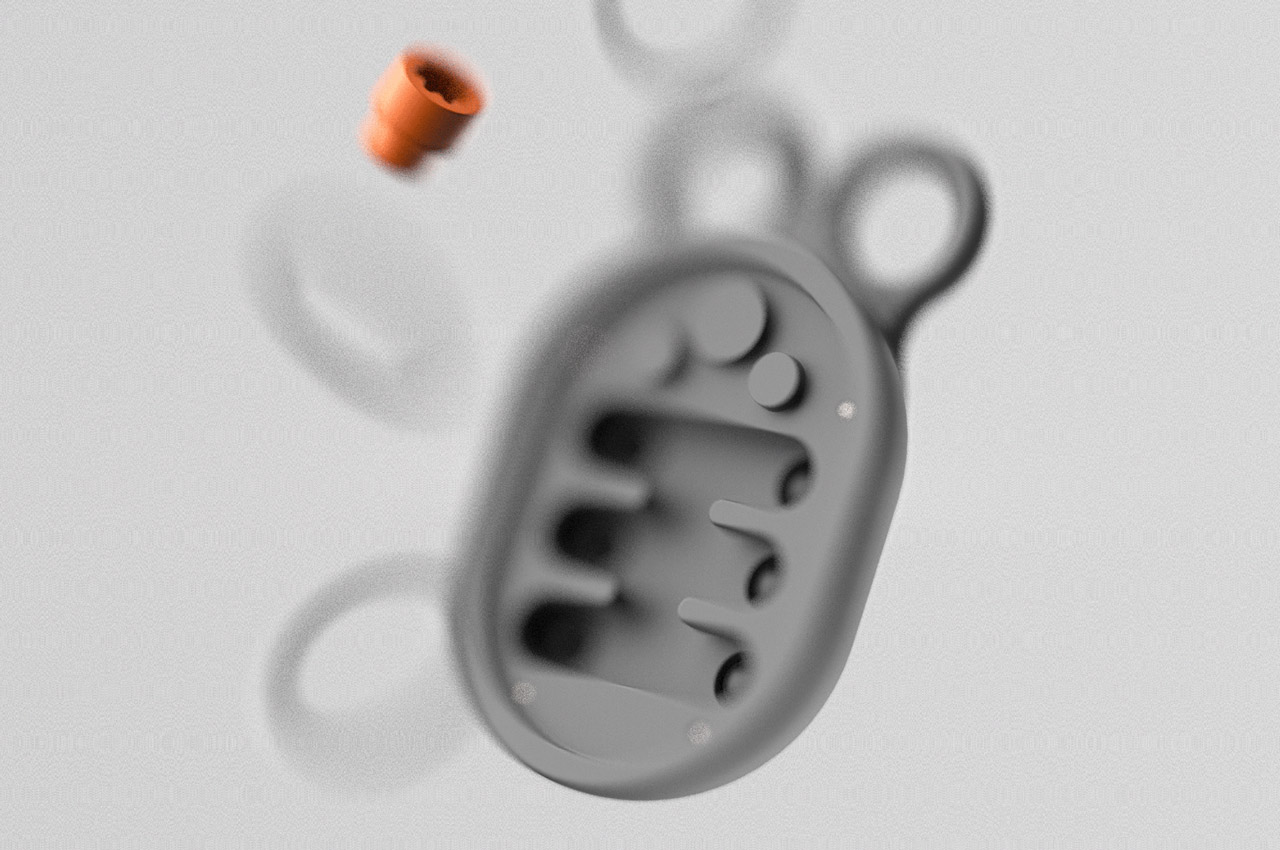
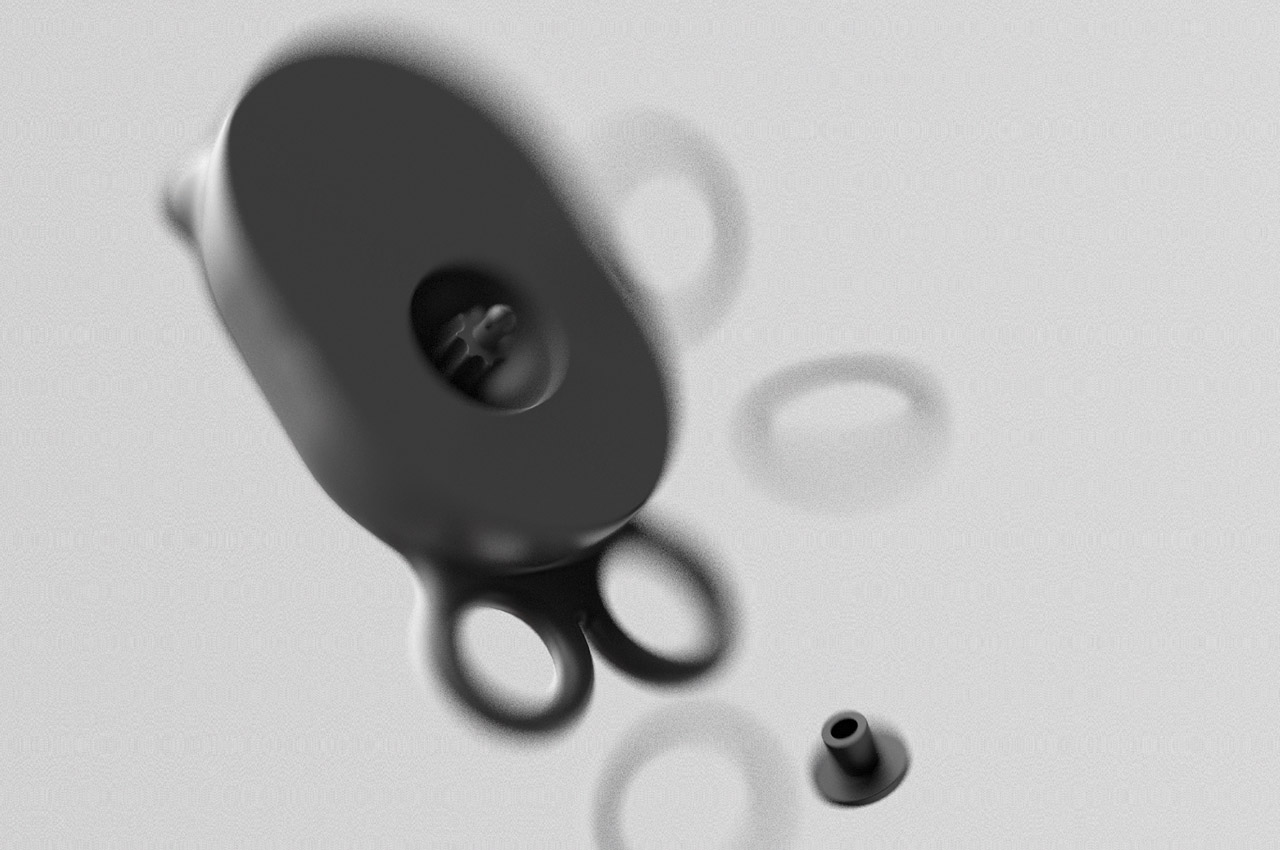
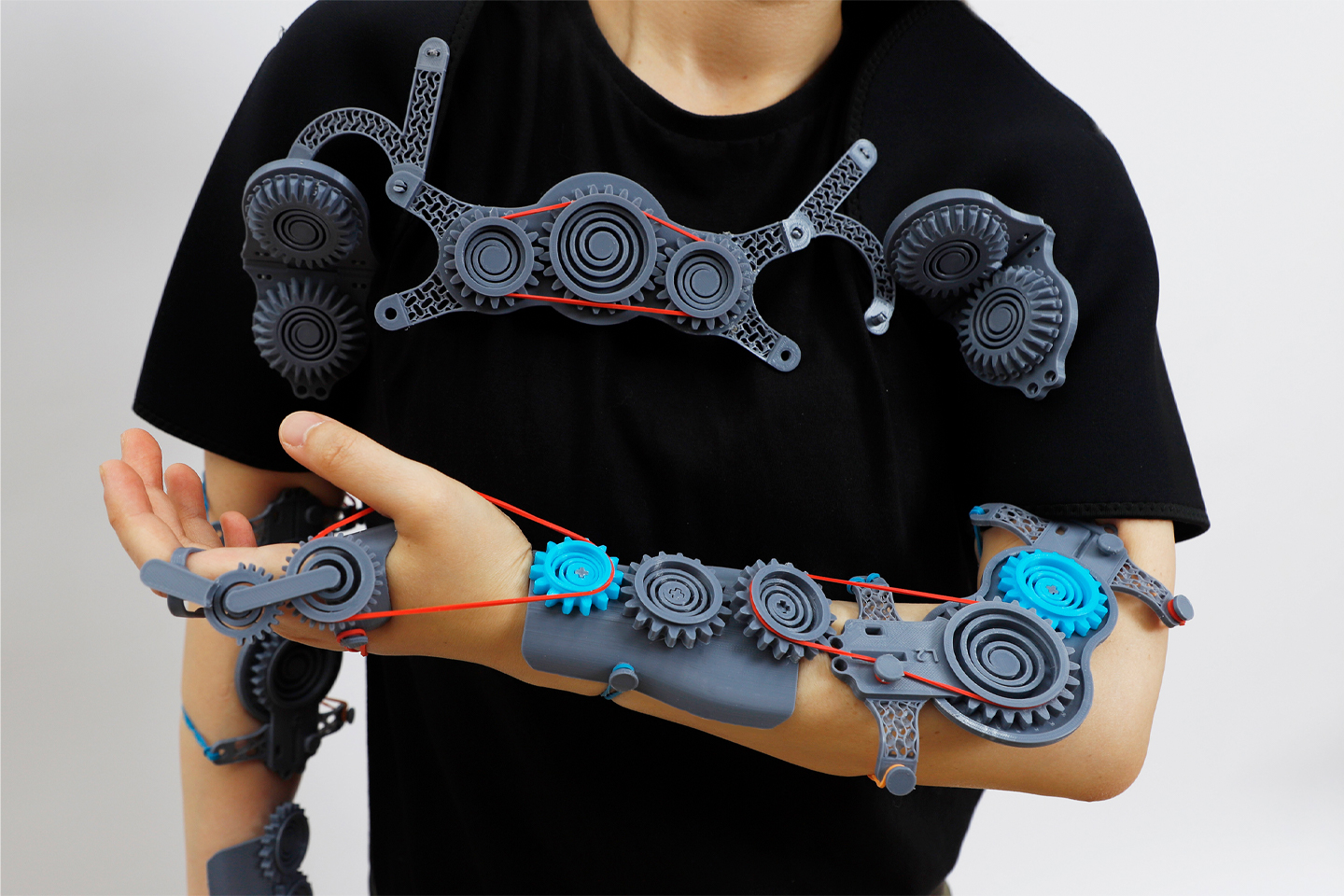
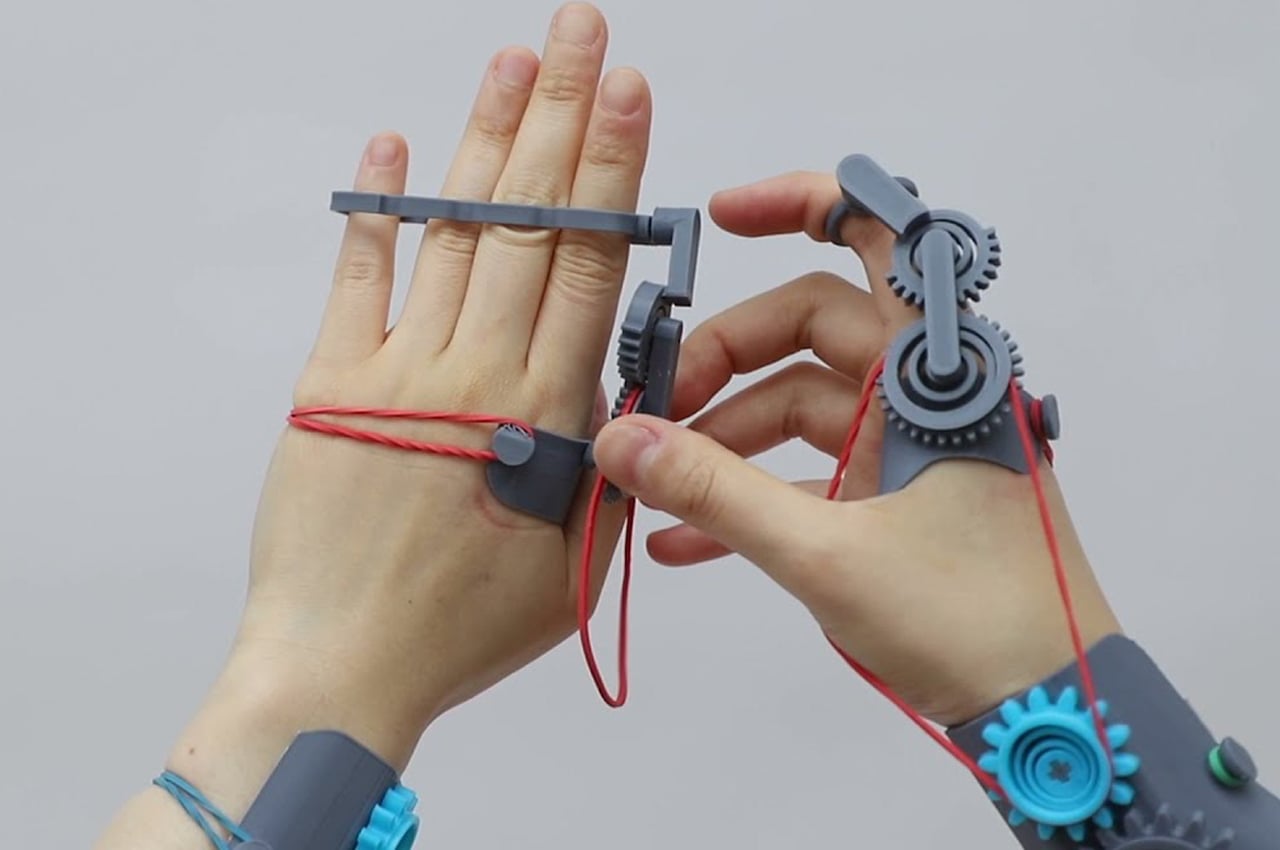
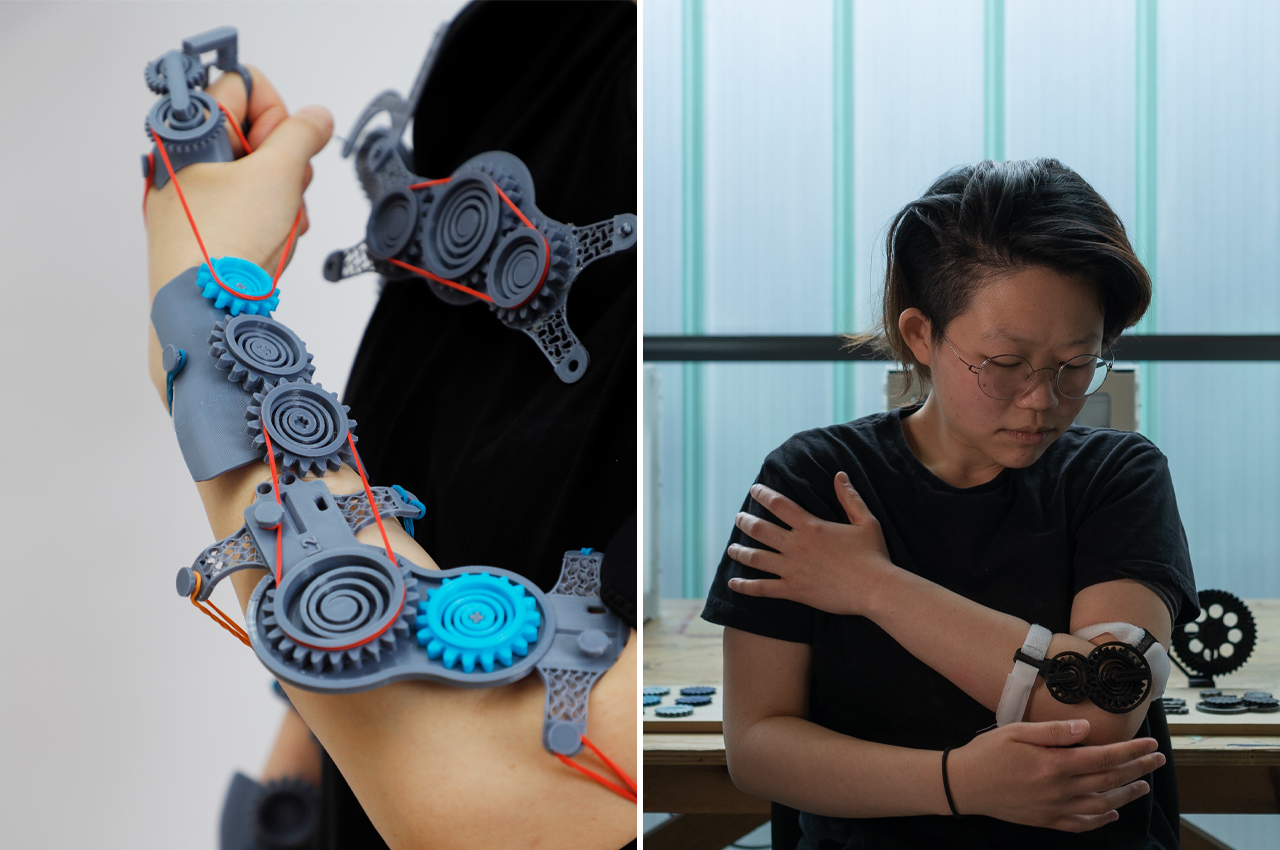
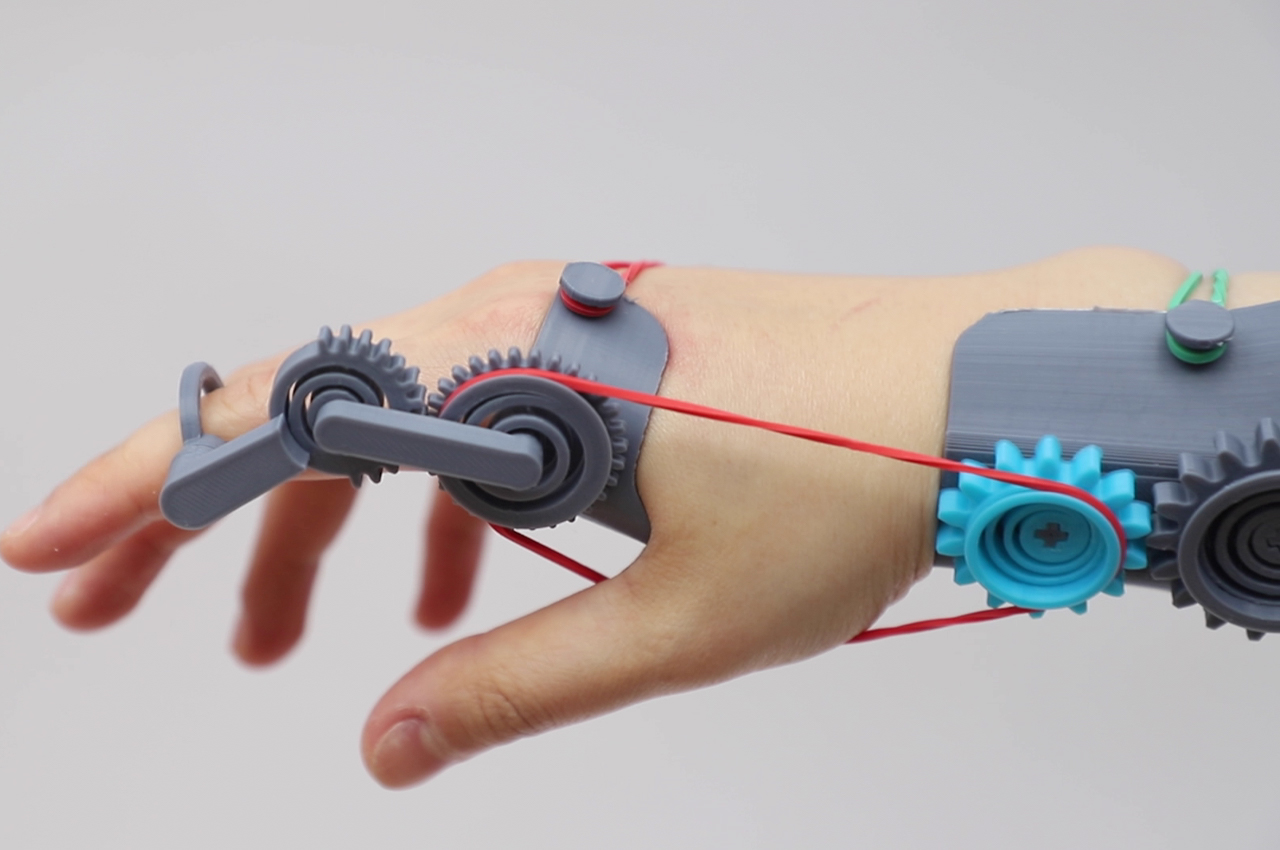
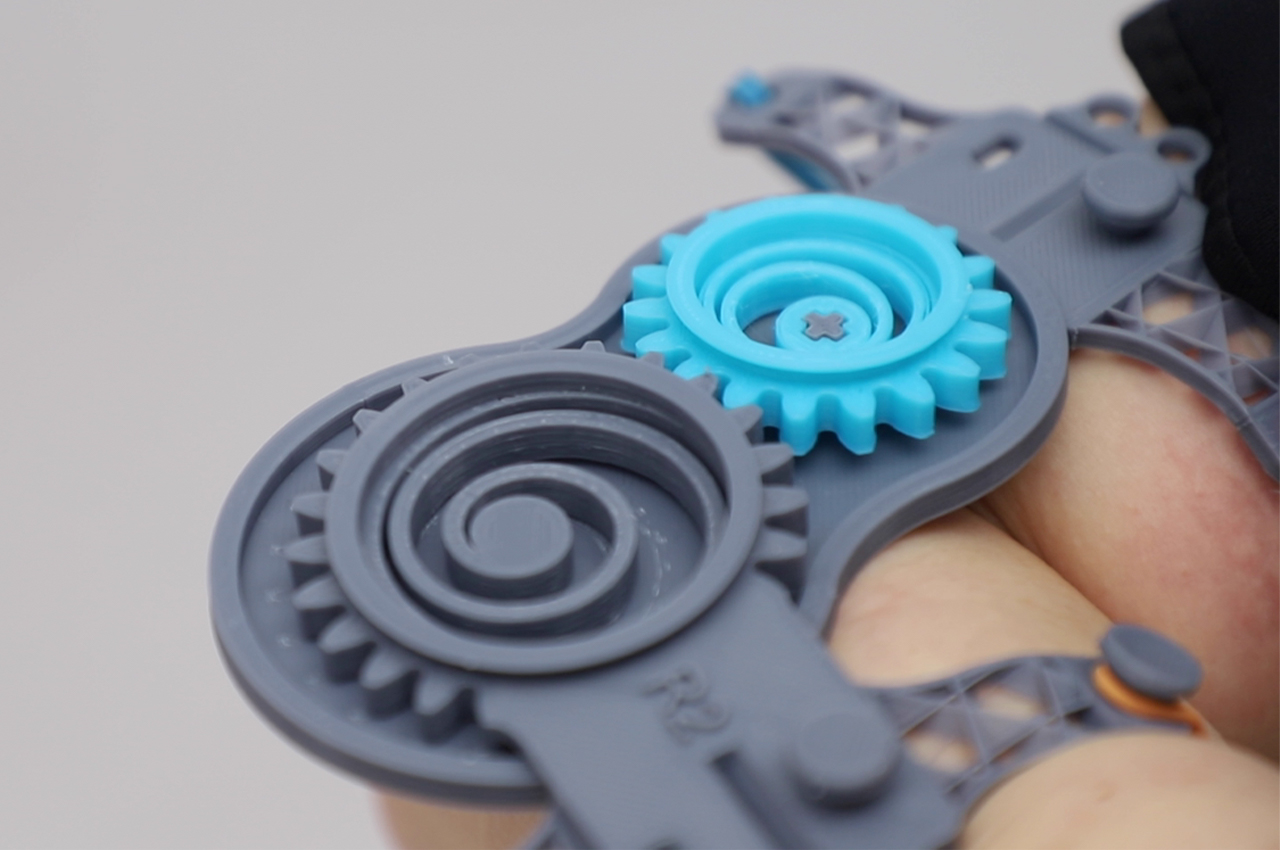
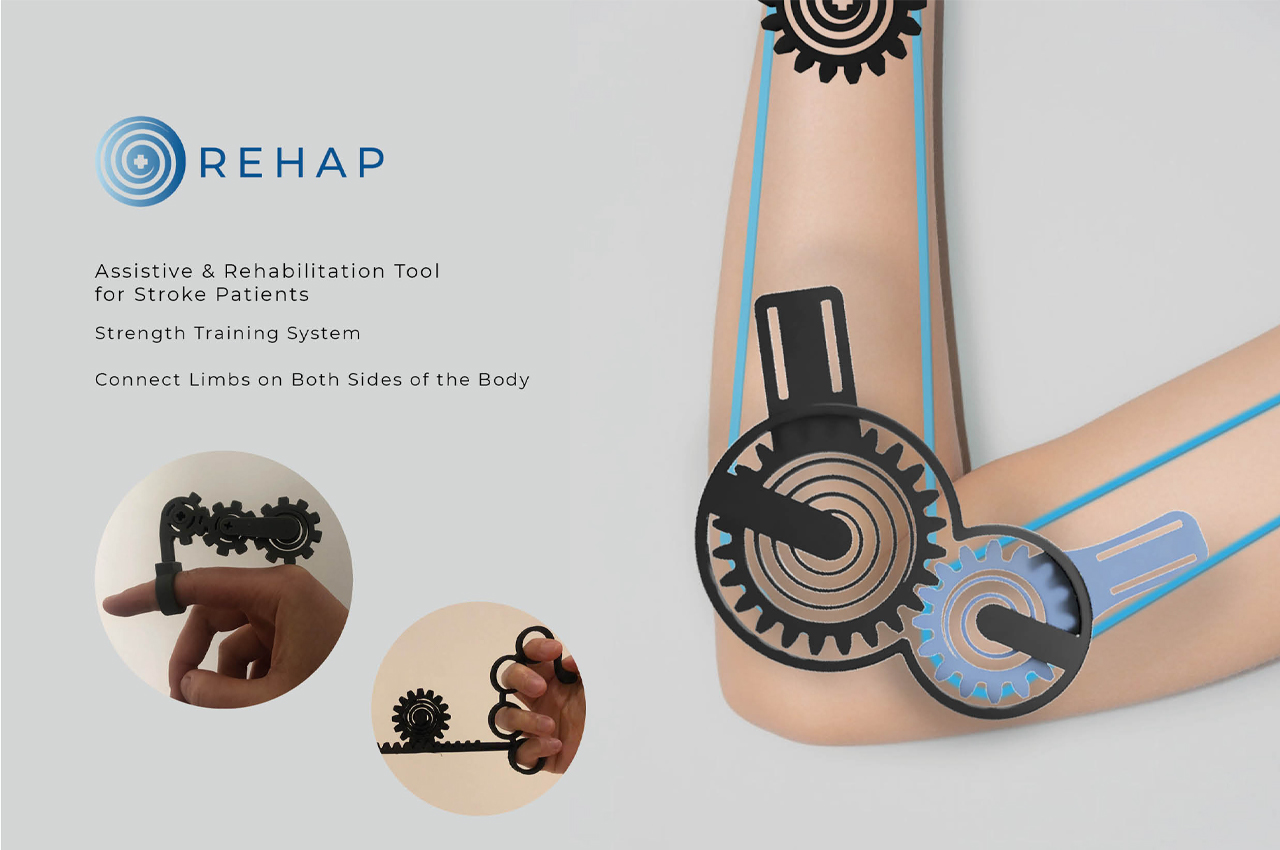
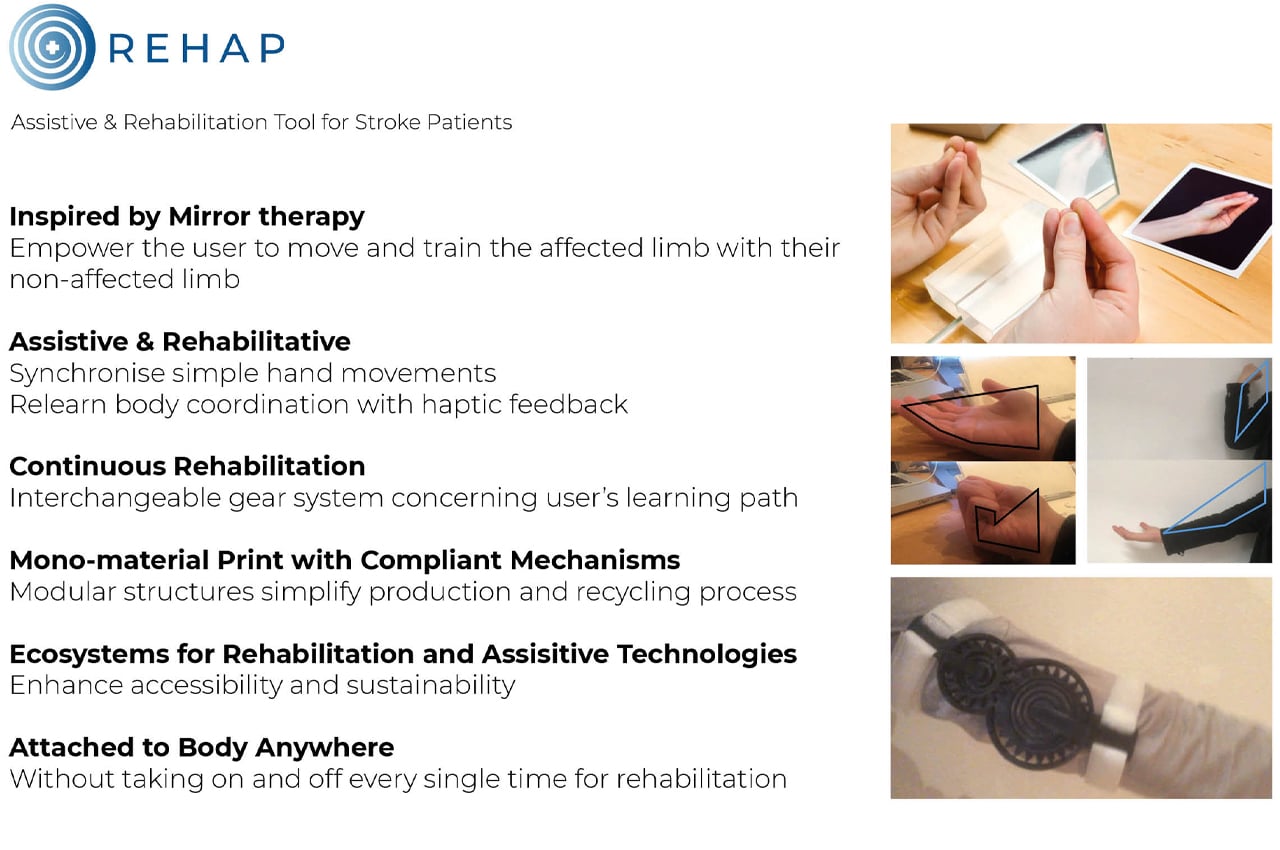
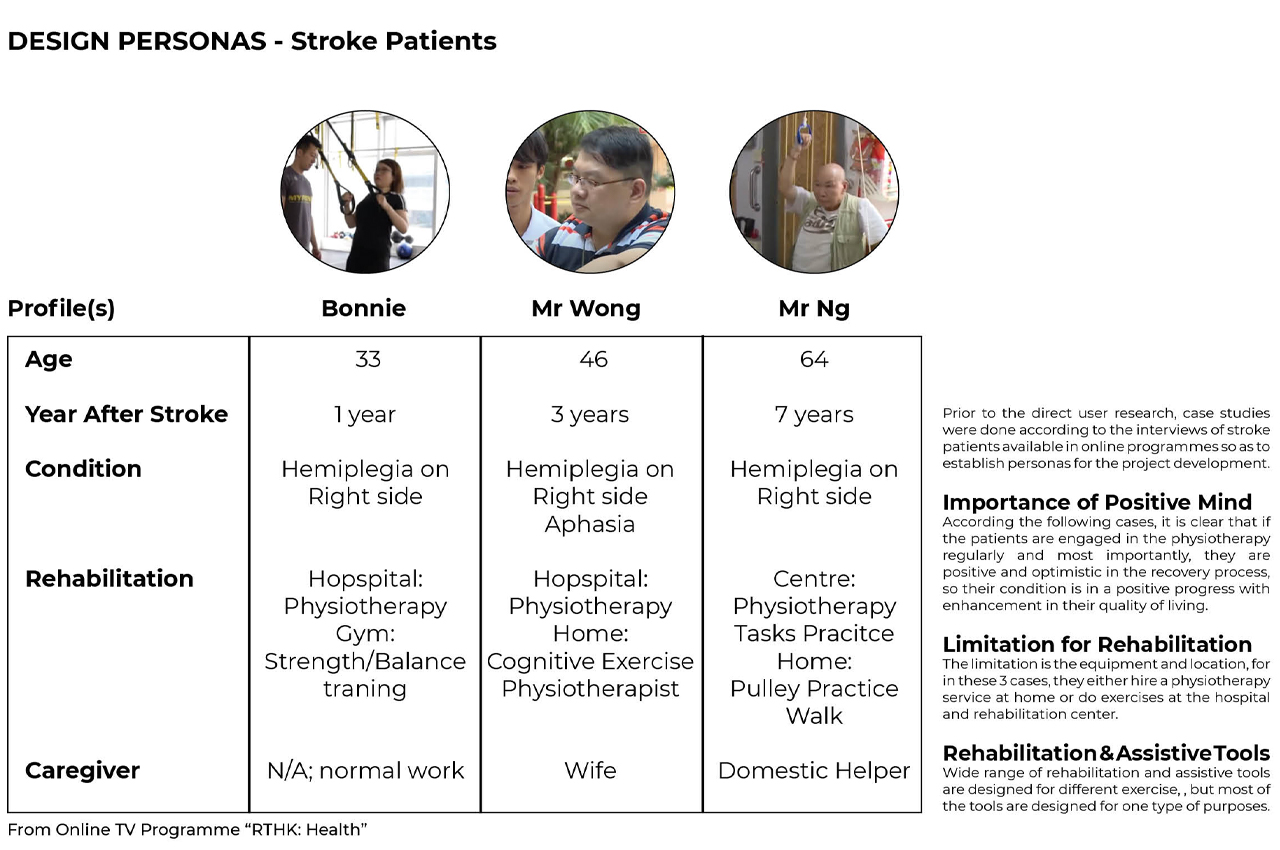
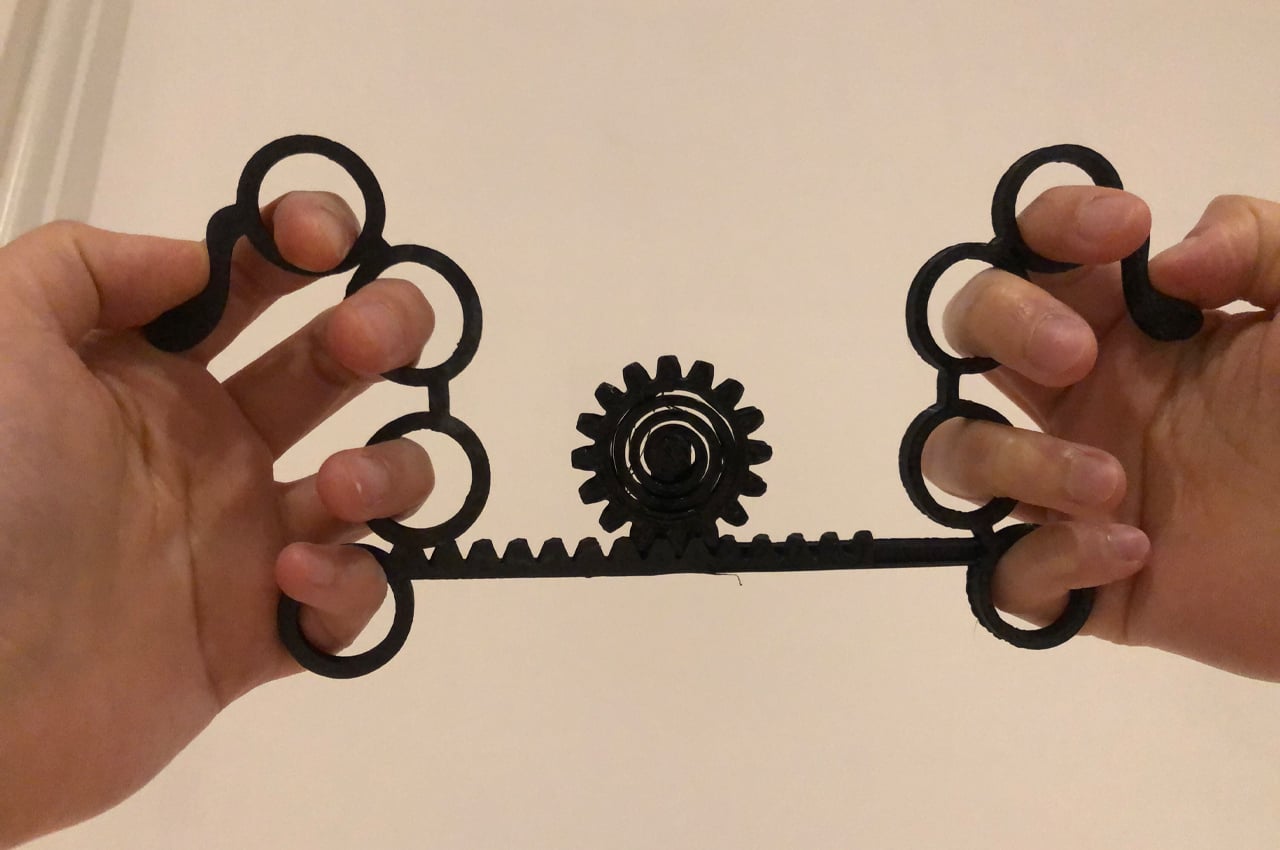
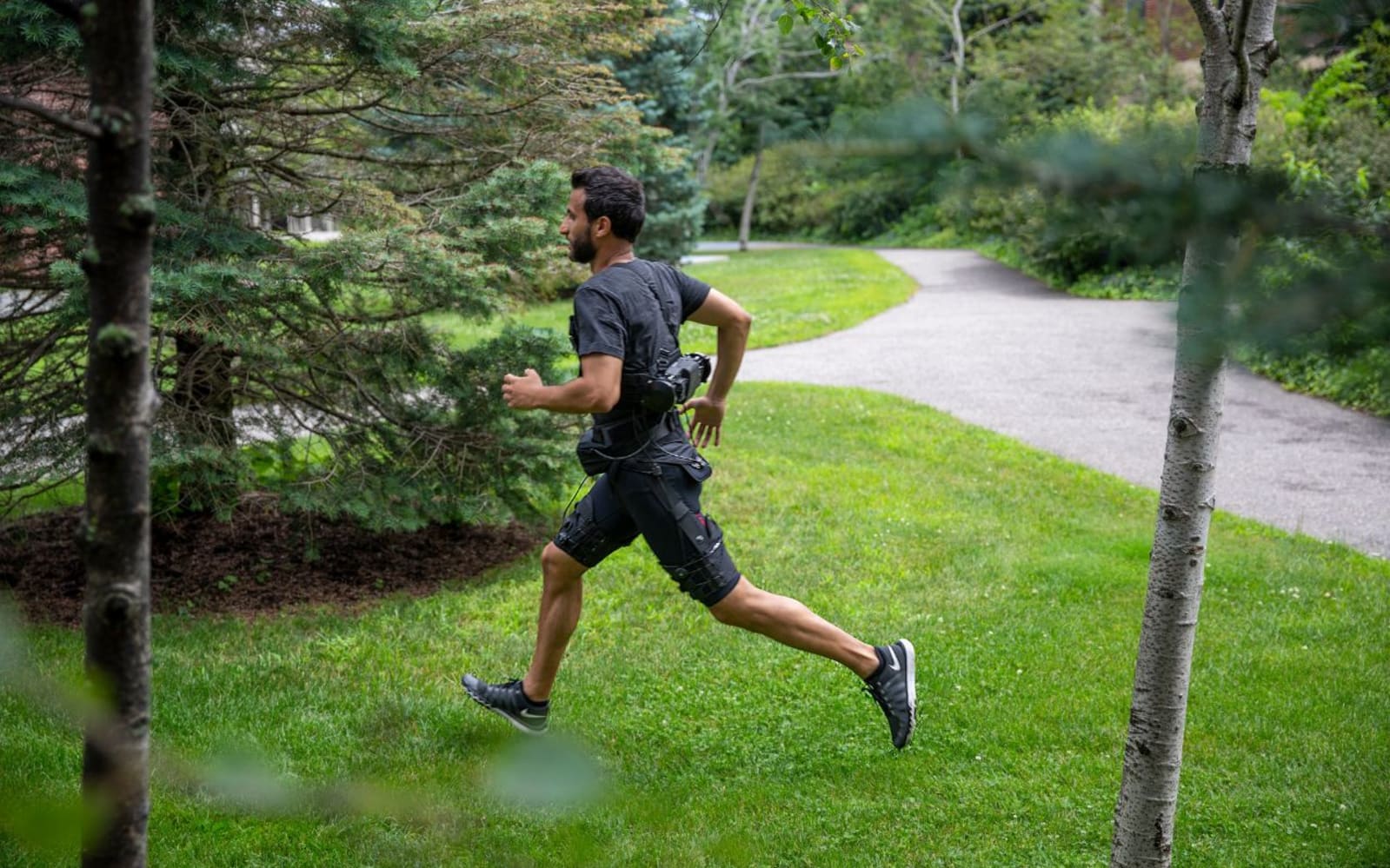 Robotic devices have been used to help people walk or run in rehabilitation settings, but until now, they've been tethered and limited to a single action, like walking or running. In a paper published in Science today, a team of researchers explain h...
Robotic devices have been used to help people walk or run in rehabilitation settings, but until now, they've been tethered and limited to a single action, like walking or running. In a paper published in Science today, a team of researchers explain h...
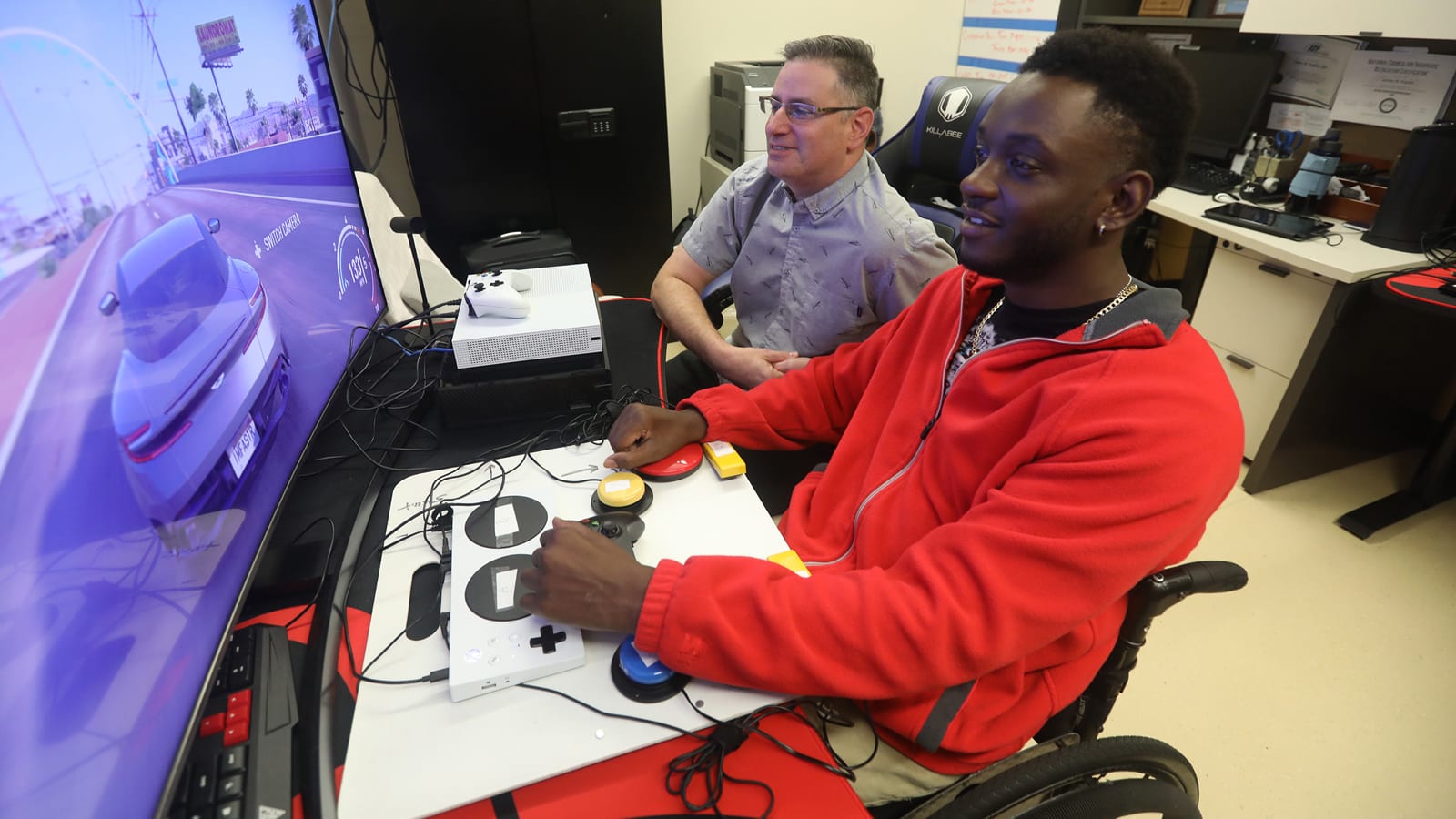 The Xbox Adaptive Controller might just become an important tool for some US military veterans. Microsoft and the Department of Veterans Affairs have formed a partnership that will donate controllers, consoles, games and adaptive gear to 22 Veterans...
The Xbox Adaptive Controller might just become an important tool for some US military veterans. Microsoft and the Department of Veterans Affairs have formed a partnership that will donate controllers, consoles, games and adaptive gear to 22 Veterans...
 China's rehab centers are no strangers to using technology to treat addiction. The latest approach, however, is rather unusual. Shanghai drug rehab facilities (not pictured here) are trialing a combination of VR, eye tracking and skin sensors to both...
China's rehab centers are no strangers to using technology to treat addiction. The latest approach, however, is rather unusual. Shanghai drug rehab facilities (not pictured here) are trialing a combination of VR, eye tracking and skin sensors to both...

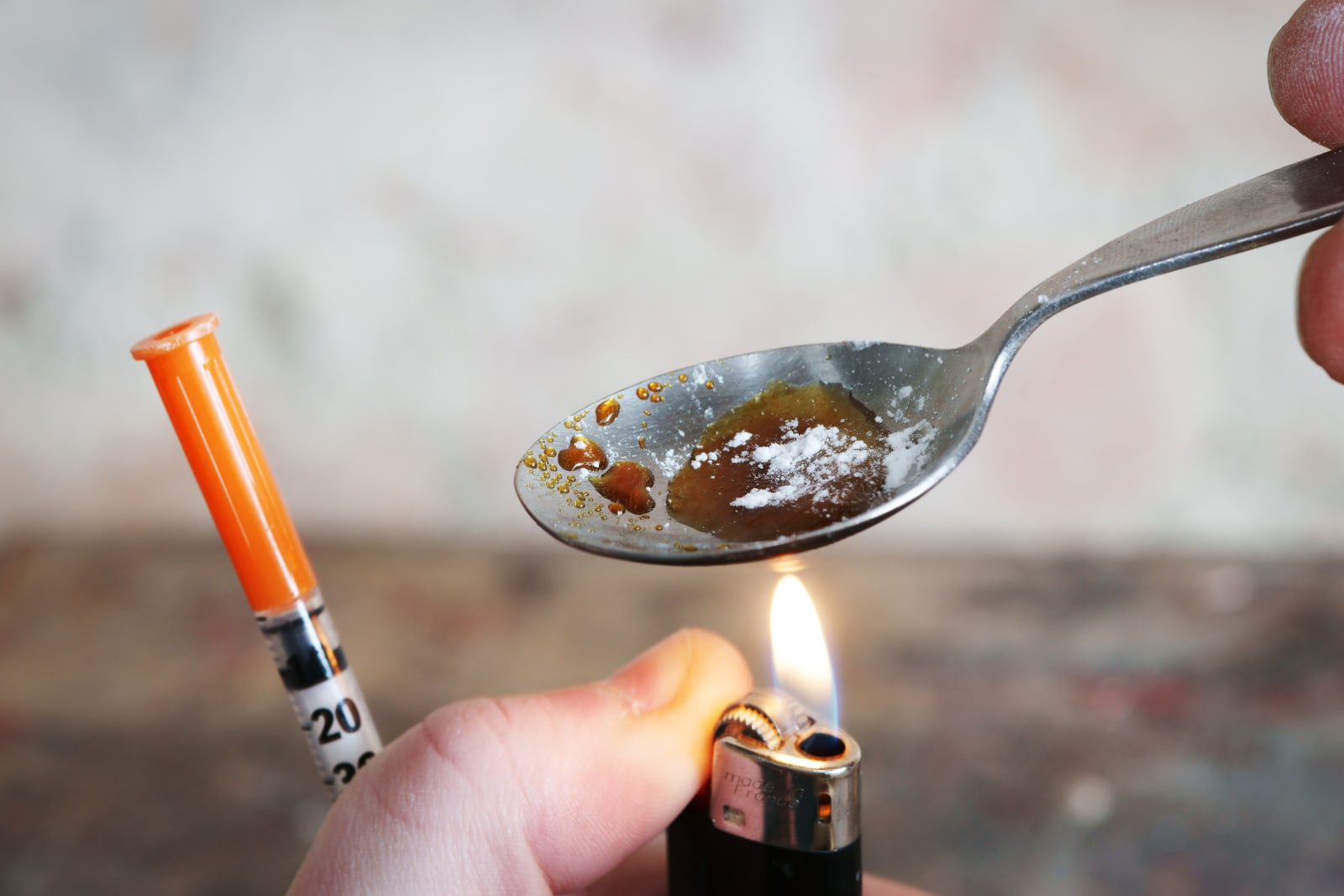 Google's not having the best start to the year, as it's already been called out, yet again, for unscrupulous advertising practices. An investigation by The Sunday Times shed light on a significant money-making machine, which played out through Google...
Google's not having the best start to the year, as it's already been called out, yet again, for unscrupulous advertising practices. An investigation by The Sunday Times shed light on a significant money-making machine, which played out through Google...
